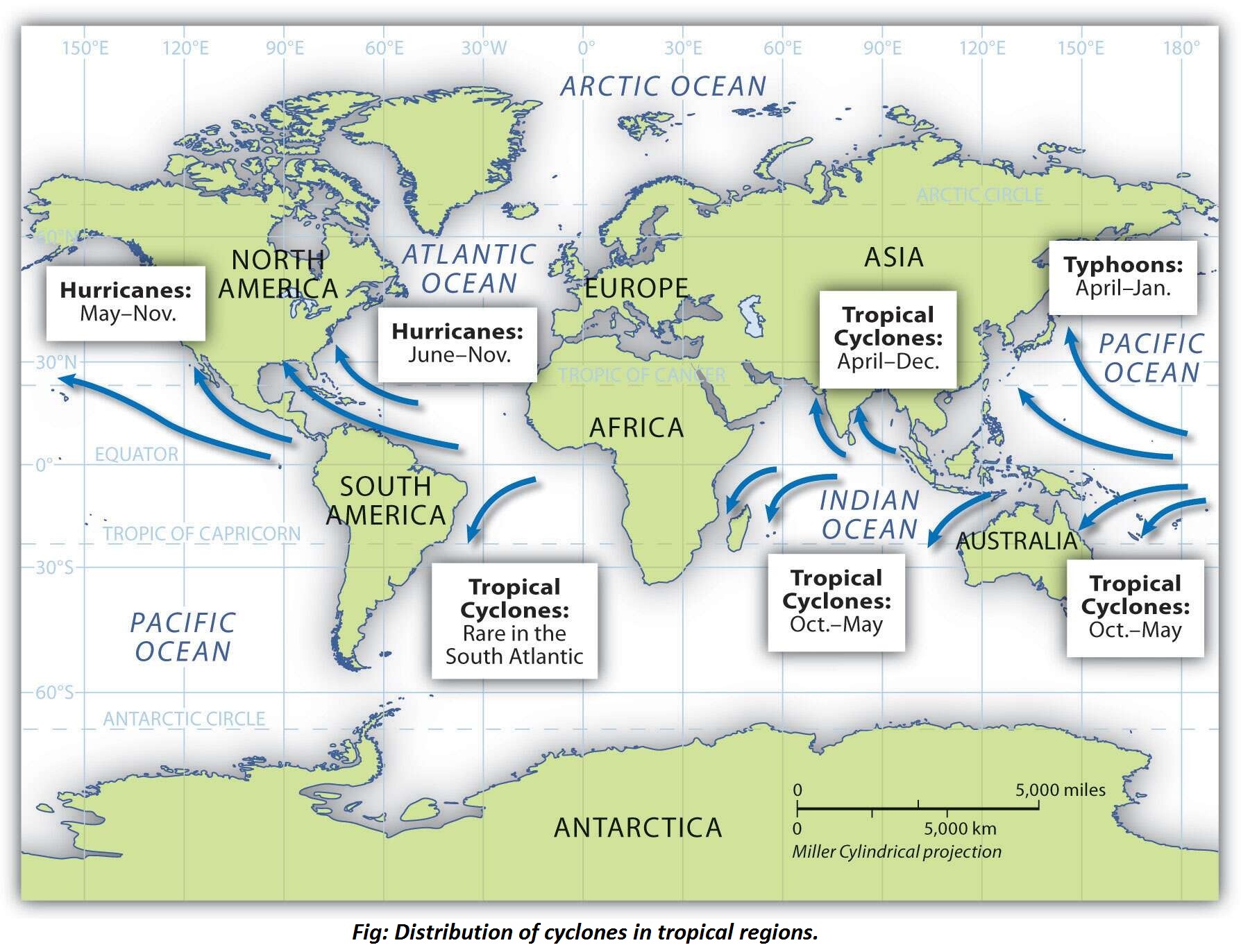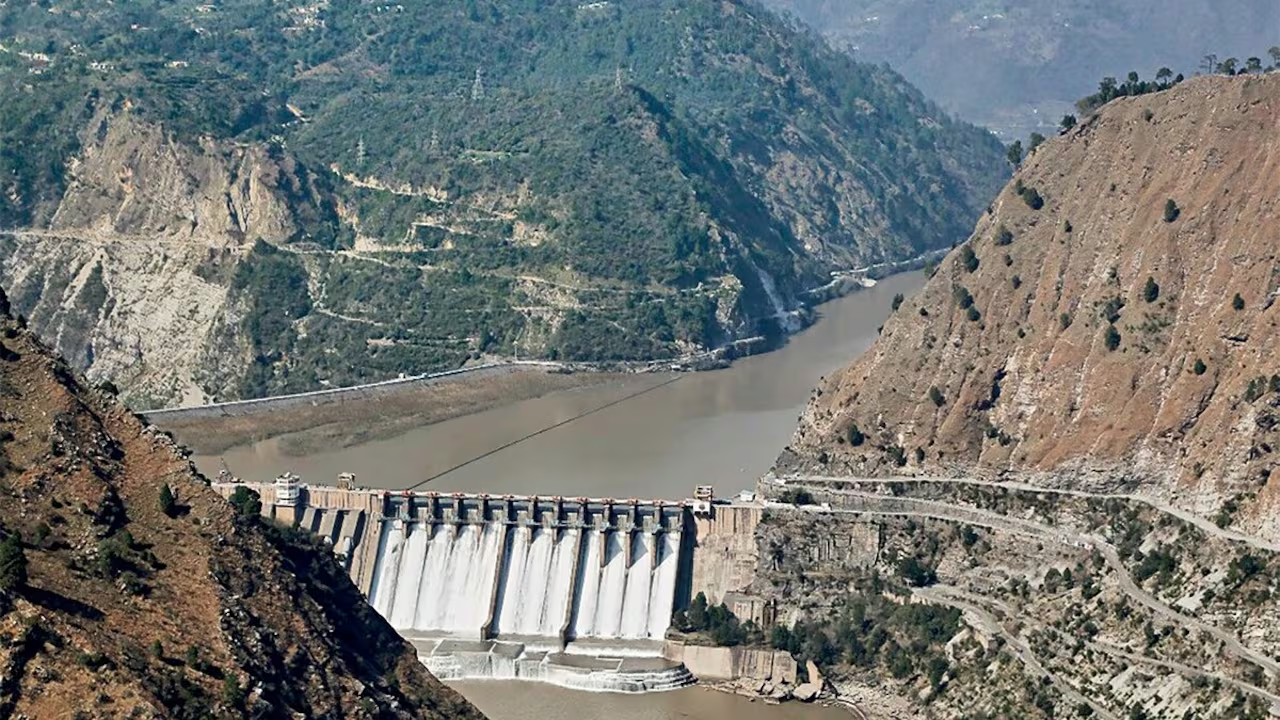- Courses
- GS Full Course 1 Year
- GS Full Course 2 Year
- GS Full Course 3 Year
- GS Full Course Till Selection
- Answer Alpha: Mains 2025 Mentorship
- MEP (Mains Enrichment Programme) Data, Facts
- Essay Target – 150+ Marks
- Online Program
- GS Recorded Course
- Polity
- Geography
- Economy
- Ancient, Medieval and Art & Culture AMAC
- Modern India, Post Independence & World History
- Environment
- Governance
- Science & Technology
- International Relations and Internal Security
- Disaster Management
- Ethics
- NCERT Current Affairs
- Indian Society and Social Issue
- NCERT- Science and Technology
- NCERT - Geography
- NCERT - Ancient History
- NCERT- World History
- NCERT Modern History
- CSAT
- 5 LAYERED ARJUNA Mentorship
- Public Administration Optional
- ABOUT US
- OUR TOPPERS
- TEST SERIES
- FREE STUDY MATERIAL
- VIDEOS
- CONTACT US
Cyclone Remal
Cyclone Remal
- Recently, Cyclone Remal originated in the Bay of Bengal and made landfall over the coasts of West Bengal over which 1 lakh people were evacuated from coastal regions in Bengal to secure shelters.
- Cyclone Remal was the 1st storm in the Bay of Bengal during the pre-monsoon season.
- It is a tropical cyclone, currently impacting the Bay of Bengal.
- The name "Remal," meaning 'sand' in Arabic, was chosen by Oman and assigned according to the standard convention for naming tropical cyclones in the region.
Cyclones and Their Types
A “Cyclonic Storm” or “Cyclone” is an intense vortex or cycle in the atmosphere with very strong winds rotating counterclockwise in the Northern Hemisphere and clockwise in the Southern Hemisphere. Cyclones are often accompanied by violent storms and adverse weather conditions.
Coined from the Greek word "Cyclos" by Henry Peddington, cyclones are associated with violent storms, heavy rainfall, and strong winds.
Types of Cyclones
The National Disaster Management Authority (NDMA) categorizes cyclones into 2 types:
A. Tropical Cyclones B. Extratropical Cyclones (Mid-latitude Cyclones):
1. Tropical Cyclones:
- Form over warm tropical or subtropical waters.
- Derive energy from the evaporation of water from the ocean surface. (A tropical cyclone starts to weaken when it loses its source of warm, moist air, typically after making landfall or moving over cooler ocean waters.)
- Have different names based on location:(Worldwide Terminology of Tropical Cyclones)
-
- Hurricanes (Atlantic and eastern Pacific Oceans)
- Typhoons (western Pacific Ocean)
- Willy-willies (Australian region)
- Cyclones (North Indian Ocean)

Naming of Tropical Cyclones
- The naming of tropical cyclones is a relatively new practice coordinated by the World Meteorological Organization (WMO).
- In the Indian Ocean region, a naming formula was established in 2004 involving eight countries: Bangladesh, India, Maldives, Myanmar, Oman, Pakistan, Sri Lanka, and Thailand.
- Each country contributes a list of names, which are used sequentially whenever a cyclonic storm forms.
- Examples of named cyclones in this region include Hudhud, Titli, Phethai, Fani, Vayu, and Amphan.
2. Extratropical Cyclones (Mid-latitude Cyclones):
- Occur outside tropical regions (beyond the Tropics of Cancer and Capricorn).
- Have cold air at their core.
- Derive energy from the interaction of cold and warm air masses.
- Always have one or more fronts (boundaries between different air masses).
- Can occur over both land and ocean.
Key Differences Between Tropical and Extratropical Cyclones
|
Feature |
Tropical Cyclones |
Extratropical Cyclones |
|
Formation Location |
Warm tropical/subtropical waters |
Outside tropical regions |
|
Energy Source |
Evaporation of water from the ocean surface |
Interaction of cold and warm air masses |
|
Core Temperature |
Warm |
Cold |
|
Fronts |
Not associated with fronts
|
Always have one or more fronts |
|
Naming |
Vary based on location (hurricanes, typhoons) |
Generally, not named by specific conventions |
Fronts
- When 2 different air masses with distinct properties meet, the boundary zone between them is called a front.
- An air mass is a large body of air with consistent temperature and humidity. It forms when air stays over a uniform area (like an ocean or plain) for a long time, taking on the characteristics of that area. These characteristics remain stable as long as the air mass stays over the same type of surface. Air masses are important for weather and climate.
- There are 4 main types of fronts:
- Stationary Front: When neither air mass displaces the other, it's called a stationary front. Weather conditions along a stationary front can remain unchanged for several days.
- Cold Front: When colder, denser air moves towards warmer air, it forms a cold front. Cold fronts typically bring abrupt changes in weather, including intense precipitation and thunderstorms.
- Warm Front: When warmer air advances over cooler air, it creates a warm front. Warm fronts bring more gradual weather changes, characterized by prolonged periods of light to moderate precipitation.
- Occluded Front: When a cold front overtakes a warm front, lifting the warm air mass off the ground, it forms an occluded front. Occluded fronts often bring a mix of weather conditions, including precipitation and sometimes thunderstorms.
Cyclones in India
Tropical cyclones originating over the Bay of Bengal, Arabian Sea, and Indian Ocean bring destructive elements to the Indian coastal states of Tamil Nadu, Andhra Pradesh, West Bengal, Odisha, and Gujarat, which are more vulnerable to cyclone disasters. These cyclones are characterized by:
- Strong Winds/Squalls: High wind velocities damage infrastructure, homes, communication systems, and trees, resulting in significant loss of life and property.
- Torrential Rains and Inland Flooding: Heavy rainfall over wide areas causes severe problems for people left homeless by cyclones. It leads to extensive soil erosion, weakens embankments, and contributes to widespread flooding.
- Storm Surge: A severe tropical cyclone causes an abnormal rise in sea level near the coast, known as storm surge. This inundates low-lying coastal areas, submerging human settlements, and livestock, eroding beaches, destroying vegetation, and reducing soil fertility.
Bay of Bengal vs. Arabian Sea: Two Cyclone Hotspots
Both the Bay of Bengal and the Arabian Sea are facing increased cyclone risks, driven by a combination of geographic, meteorological, and human factors. While the Bay of Bengal has historically been more prone to cyclones due to its unique geography, the Arabian Sea is experiencing a concerning rise in cyclone activity, largely attributed to the impacts of climate change. This shift highlights the importance of understanding and adapting to the evolving nature of cyclone risks in both regions to protect vulnerable coastal communities and infrastructure.
|
Features |
Bay of Bengal |
Arabian Sea |
|
Historically more prone to frequent cyclones |
Historically fewer cyclones, but experiencing an increase in recent decades |
|
Shallow northern part and landlocked nature intensify storm surges; low-lying islands with numerous rivers exacerbate flooding and erosion |
Rising sea surface temperatures (1.2°C to 1.4°C increase) create favorable conditions for cyclone formation and intensification |
|
Complex coastal geometry leads to diverse cyclone impacts depending on local geography |
Indian Ocean Dipole (IOD) positive phase causes warmer sea surface temperatures and increased precipitation in the western Indian Ocean region, contributing to cyclone development |
|
Increased population concentration in vulnerable coastal areas due to infrastructure development heightens exposure and vulnerability |
Densely populated coastal regions along the western coast of India (Thiruvananthapuram to Gujarat) face growing threats from increasingly intense cyclones with higher wind, storm surges, and severe rainfall |
|
Storm surges, flooding, erosion, and impact on vulnerable coastal communities |
Increasing cyclone intensity, heightened risk of wind damage, storm surges, severe rainfall, and threats to densely populated coastal areas |
Prelims:
In the South Atlantic and South-Eastern Pacific regions in tropical latitudes, cyclones do not originate. What is the reason? (UPSC CSE 2015)
(a) Sea surface temperatures are low
(b) Inter-Tropical Convergence Zone seldom occurs
(c) Coriolis force is too weak
(d) Absence of land in those regions
Ans. (b)



